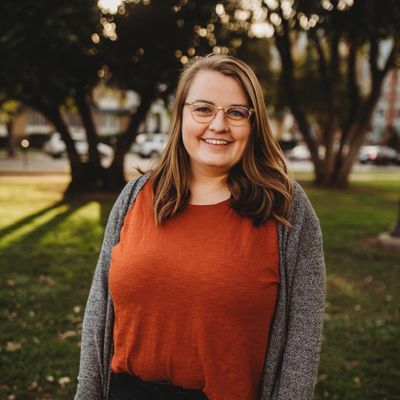Scattered all over the Tel, found at the Persian to Hellenistic period, are these delightful, beautiful shells. About 2,500 years ago, these and thousands more murex shells provided the raw material for Akko’s prosperous manufacture and commerce in purple dye. (The link sends you to the Ancient History Encyclopedia, where you can read about the history of purple dye).
Tyrian purple (aka Royal purple or Imperial purple) is a dye extracted from the murex shellfish which was first produced by the Phoenician city of Tyre in the Bronze Age. Its difficulty of manufacture, striking purple to red colour range, and resistance to fading made clothing dyed using Tyrian purple highly desirable and expensive.
The Phoenicians gained great fame as sellers of purple and exported its manufacture to its colonies, notably Carthage, from where it spread in popularity and was adopted by the Romans as a symbol of imperial authority and status
The dye was stored and transported in special containers called “amphoriskos.” The one pictured below came from the island of Cyprus, circa 750 to 600 BC. Similar amphariskos to the one depicted here have been found at Tel Akko.

[Cypriot Amphariskos | Metropolitan Museum of Art [CC0]]
You can see from the map how close Akko was to Tyre and Sidon, the origin of Tyrian purple

[Map of the coastal Levant | ExploretheMed [CC BY-SA 3.0 (https://creativecommons.org/licenses/by-sa/3.0)]
Of course, the Biblical person who leaps to mind is Lydia, purveyor of purple dye, whose story is found in Acts 16. She was most likely born into a Greek nobleman’s home, and raised in the wealth and bustle of Thyatira, a Turkish city world-renowned for its dyes and textiles industry. In fact, Thyatira was home to more artisans and guilds than any other city of its day, including the dyes guild, of which Lydia undoubtedly later became a member.
An outlier in her time, Lydia made a name for herself in the Tyrian purple market, establishing her own business and household, and enjoying a level of independence only a small minority of women in her day were able to experience. The images below all come from my visit to the Hecht museum, which has a display of murex shells and the beautiful dye Tyre, Sidon, and Akko were known for.



Lydia must have come in contact with some of the many Jews who lived in Thyatira, for she seems to have developed a longing to know the one true and living God.
At some point in her life, she decided to relocate her business to another wealthy town, Philippi, situated in the foothills of Mt. Orbelos in Greece. Philippi was actually a Roman colony, a “Rome away from Rome.” Settled by mostly retired military and their families, its citizens were rewarded with not having to pay taxes so long as they remained loyal to Rome, obeyed all the laws of Rome, and kept a basically Roman presence in this conquered area of the Empire.
The map below shows Thyatira, Lydia’s hometown in the region of Lydia (where she may have gotten her name), and Akko, the chief port city in the Levant at that time. Philippi is not on the map, for it was even farther west, near Greece.
 [Map of the ancient near east | William Robert Shepherd [Public domain]
[Map of the ancient near east | William Robert Shepherd [Public domain]
The apostle Paul’s pattern was to bring the gospel “to the Jew first, and then the Gentile.” But, when Paul and his companions arrived In Philippi, they discovered the Jewish community was so small there was no formal synagogue. Ever resourceful, Paul knew the Jewish custom was to locate synagogues outside the walls of Gentile cities, and somewhere near water, for ritual purification. So Paul led his team through the city gate to the bank of the Gangites River, about a mile and a half outside of town.
To his surprise, he saw a group of devout Jewish women—most likely the wives and daughters of retired Roman soldiers—and at least one God-fearing Gentile (the notable Lydia) who were gathered there to worship and pray.
Without a thought to tradition or propriety, Paul and his companions straightaway sat with these godly women, prayed and worshiped with them, then proclaimed the life-giving news of the Gospel.
[Cover image: A murex shell from the survey excavation I’ve been working on the last few days. The fingers belong to the survey supervisor, Brett]
